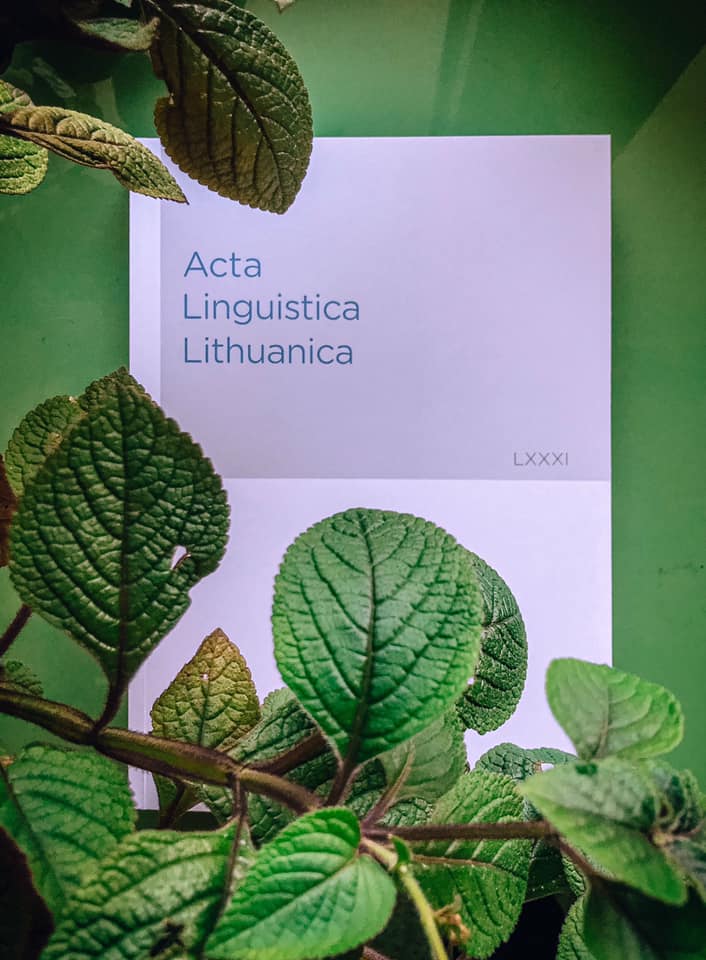Seniausias baltų tekstas ir jo antroponimai
The Oldest Baltic Text and Its Anthroponyms
Author(s): Ilja LemeškinSubject(s): Historical Linguistics, Baltic Languages, 13th to 14th Centuries
Published by: Lietuvių Kalbos Institutas
Keywords: oldest Baltic text; colophon of 1369; reading of the Trace of Basel; plea for gifts; addressee of Christmas carols; (Italian) anthroponyms;
Summary/Abstract: In 2013, a new linguistic and genre-related interpretation of the Trace of Basel (Dini 2004; 2014: 553–558) based on analogy with singing, recitative, texts akin to Christmas carols was put forward in the pages of Acta Linguistica Lithuanica (Lemeškin 2013: 11–29). The new reading was supported and encouraged by the manuscript’s metadata or, specifically, reference to time, which was intentionally emphasized by the scribe in the composition of the colophon: the phrase in vigilia epiphanie was moved to the front, and the passage per manus illius qui scripsit eas, which had been written first, was put down afterwards. Considering formal features and genre-related properties of the text, most of the word forms comprising the micro-text found a logical and convincing interpretation; however, the author was not fully satisfied with the interpretation of the phrase thoneaw labonache. The word form thoneaw was read as an abbreviated vocative singular form of the personal name ‘[An] tony’ (Lemeškin 2013: 19–20). As regards the word labonache, more potentially possible, yet artificial, hypotheses requiring serious graphical corrections, were provided. The article comes back to the analysis of these words by adhering to the earlier interpretation of the text.
Journal: Acta Linguistica Lithuanica
- Issue Year: 2019
- Issue No: 81
- Page Range: 11-21
- Page Count: 11
- Language: Lithuanian

